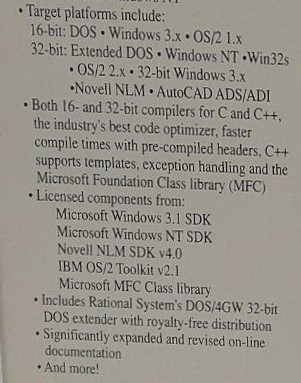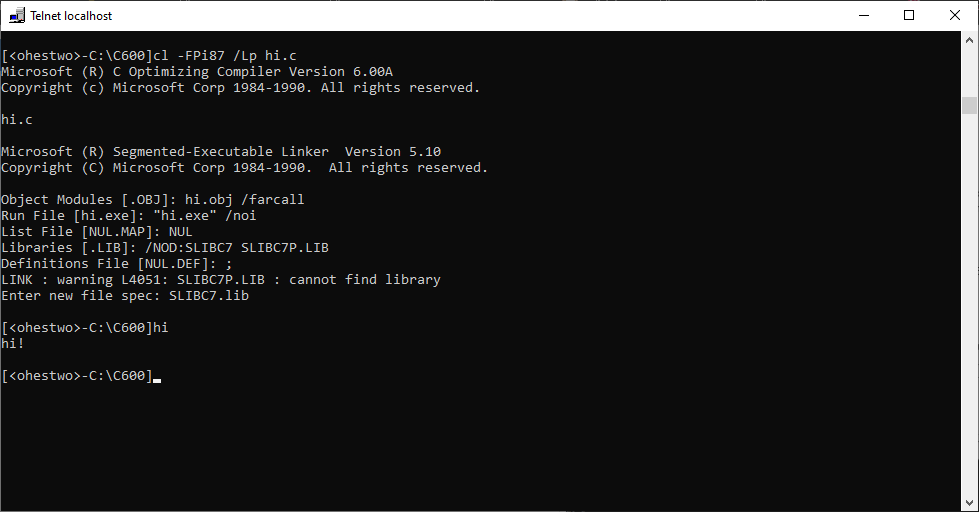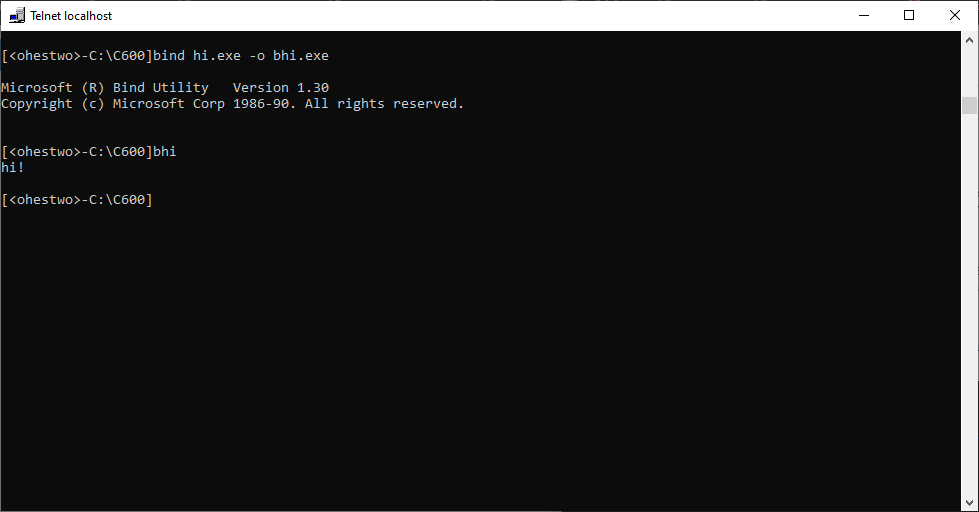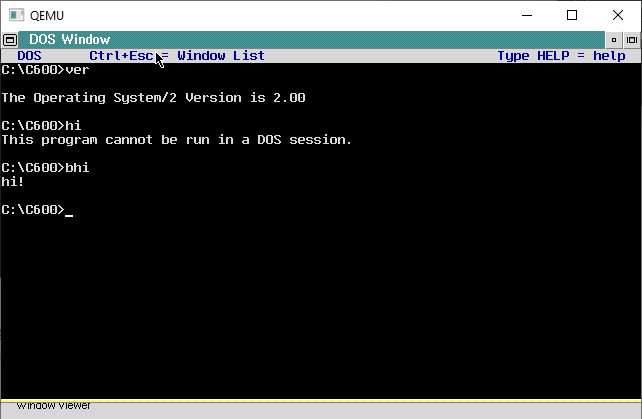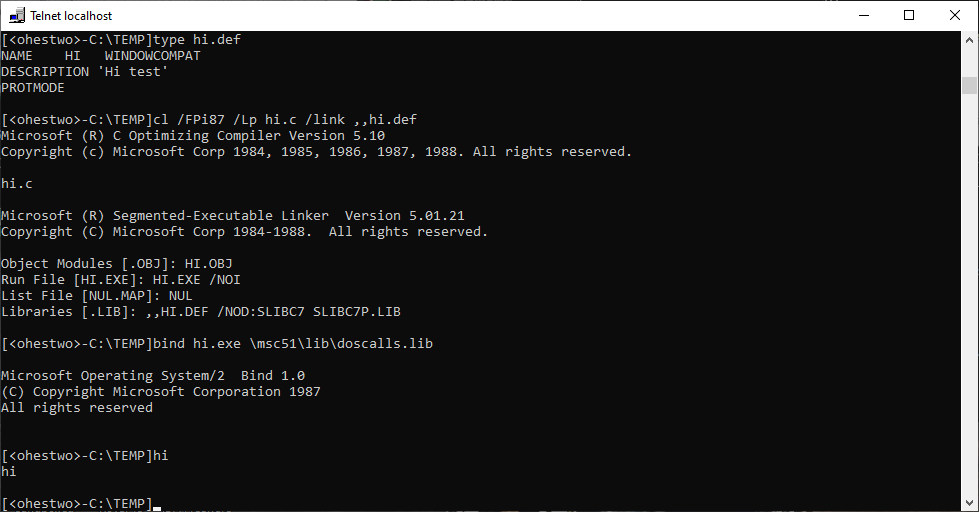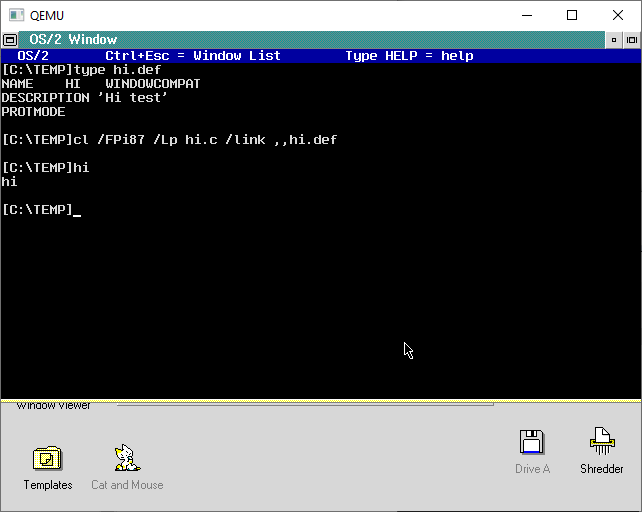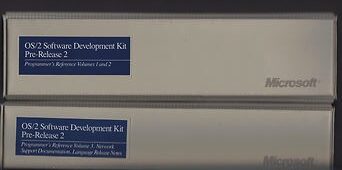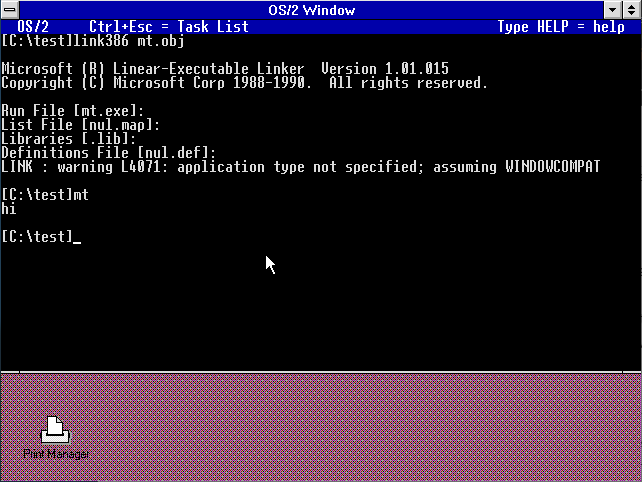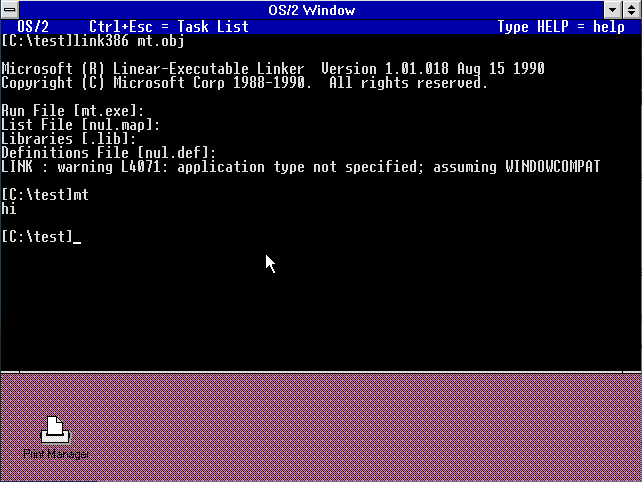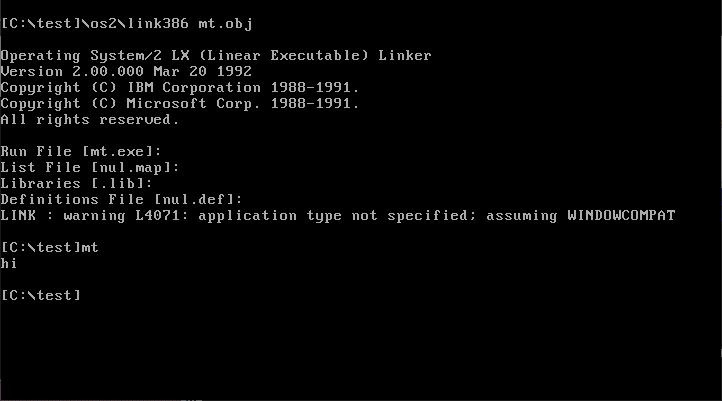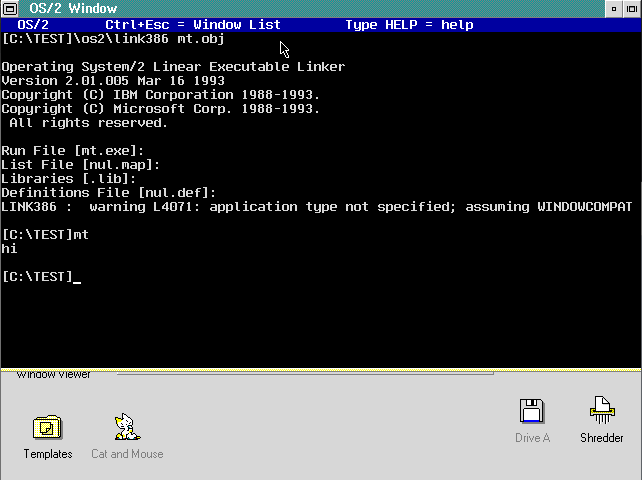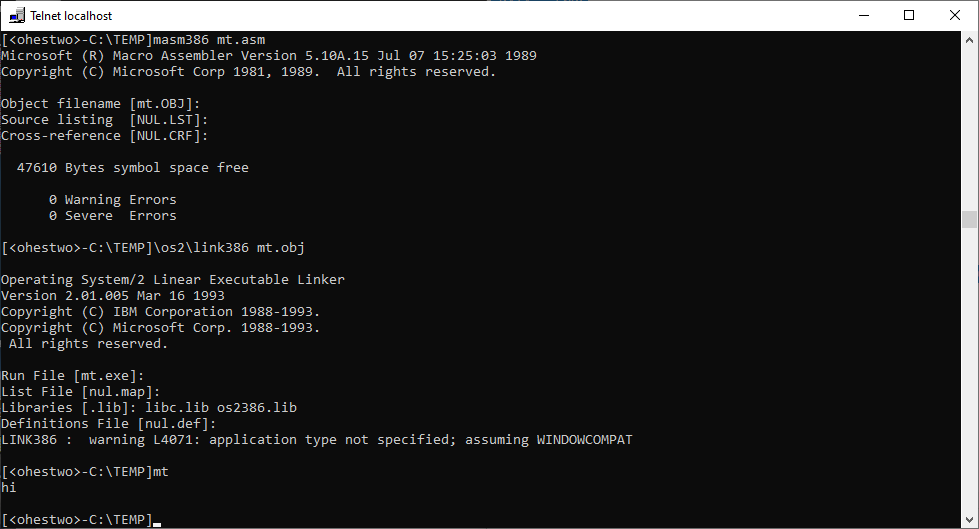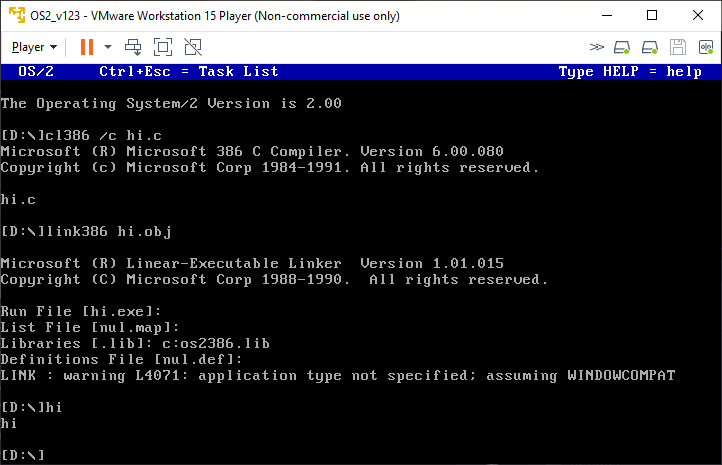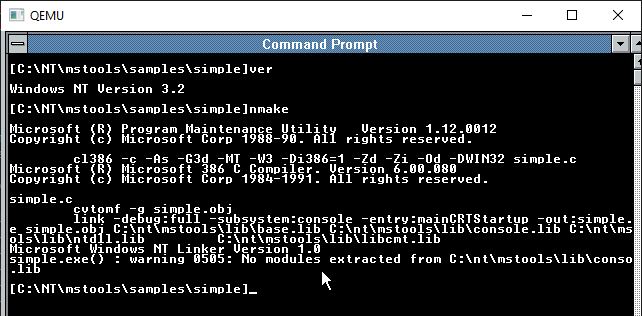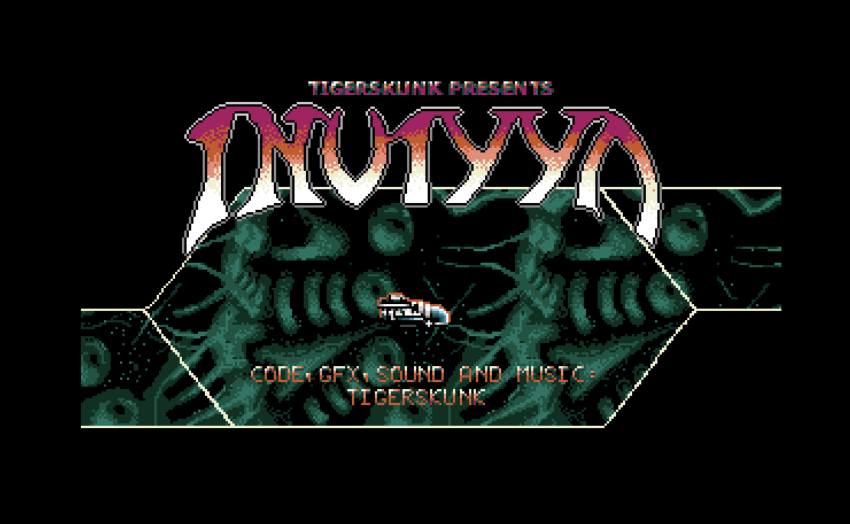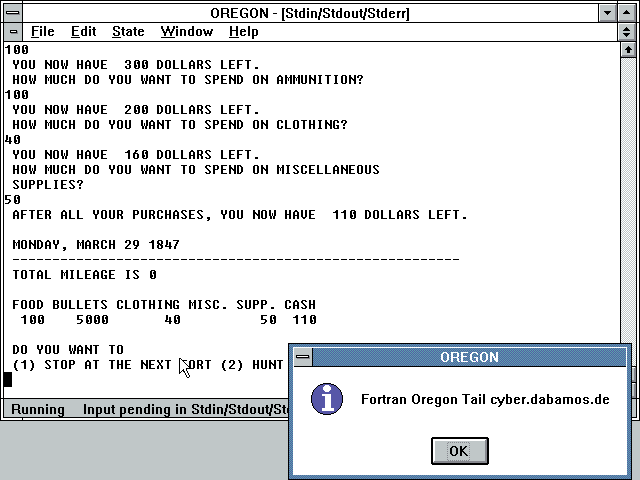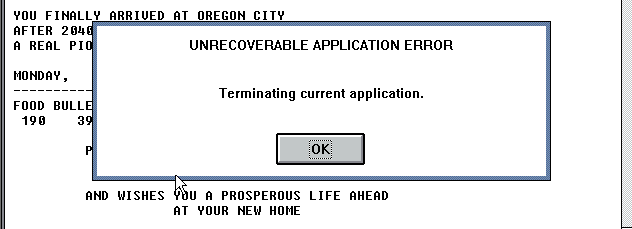I’ve always been fascinated with DOS Extenders, as they are such an ingenious method of breaking the rules of an environment by cheating the system. The first one I, like many others I imagine was using was DOSX that is the heart of Windows 3.0 on the 286. An incredibly tiny program but it let Windows run in protected mode, unlocking the potential of the machine. Great!
But as an aspiring programmer things were a quite a bit different. While QuickC for Windows did give you Microsoft C 5 hosted inside of Windows, effectively making the $99 for Windows and $99 for QuickC for Windows the cheapest DOS Extender dev kit of the time, it was of course limited to the 286. The 386 stuff although being the genesis of the DOS Extender was far more expensive.
But then with the advent of EMX for OS/2 and DJGPP for MS-DOS, both of them included DOS Extenders, and even better they were gratis! But of course they were GCC focused, and me being a kid saw the incredible 1MB++ size of CC1.EXE was thinking it’s insanely bloated, and of course slow. I don’t think many people were using 80386sx-16’s but I was.
Then there was this incredible offer from Watcom, who’d just become an internet (yes on usenet!) darling for being the compiler used to port DooM from NeXT to MS-DOS and it was available to students for a whopping $99. Neat!
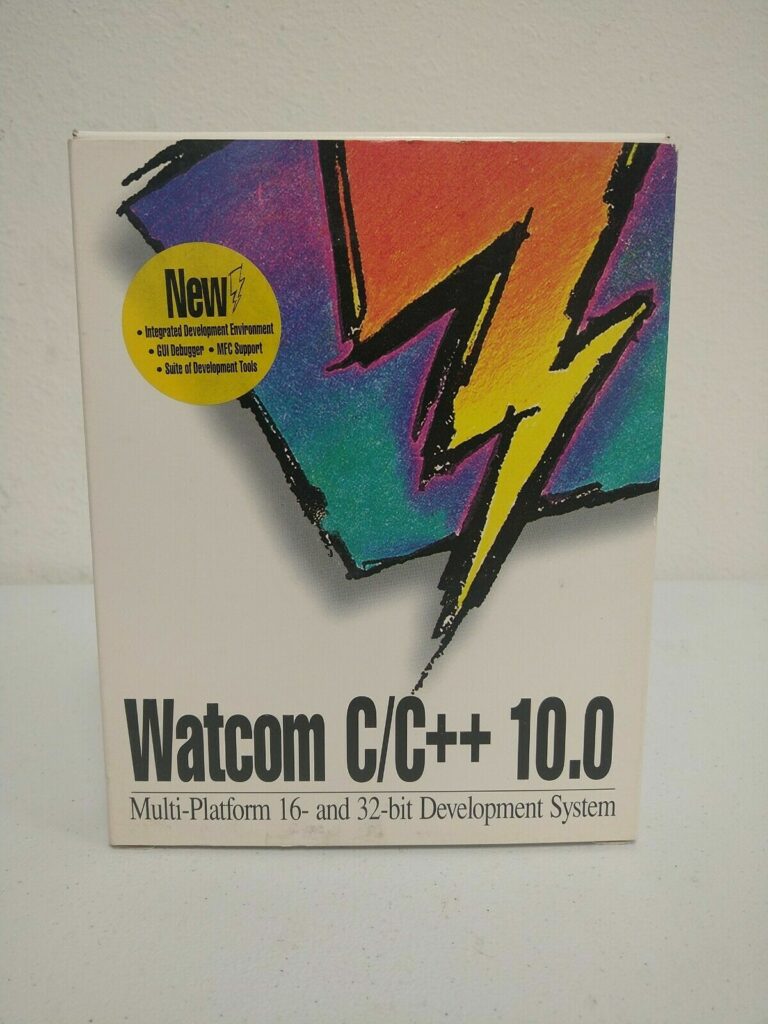
Being in collage this was great. Another big plus of Watcom is that it was able to host on MS-DOS, Windows NT, and OS/2. And target far more!
Back then there was such incredible platform diversity in the PC space. Servers could be NetWare, Unix, OS/2 and that new fangled and often delayed Windows NT. Watcom was uniquely positioned to support so many of them, all from the same compiler set.
And of course most famously was DOS/4GW included in the box!
Despite having this, I’d always wanted Phar Lap TNT, as it brought insane features of Windows NT to MS-DOS, like DLL’s, and threads! But it was expensive, and I couldn’t justify it.
And this is where the story gets weird as I was also looking for their 286 product, and I found a copy on Ebay, and even better I easily won!

I can’t get a higher resolution image as the auction has expired out. But take note of the thumbnail.
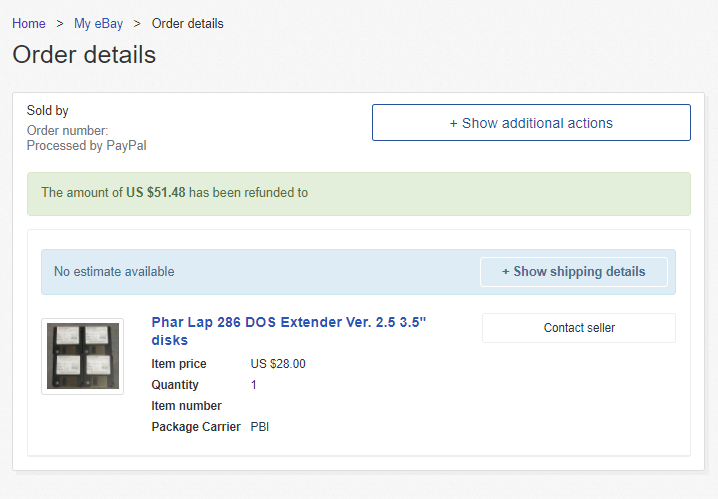
And this happened. I was all happy expecting it to arrive when out of the blue the order was cancelled and refunded. I contacted the seller as I was totally wanting to get this, and to see if there had been some screwup in shipping, and they had told me that they didn’t know either has they had been refunded the sale price+shipping. So there we both were, me without my 286 Extender, and the seller with no disks to try to sell back again. And then this happened:
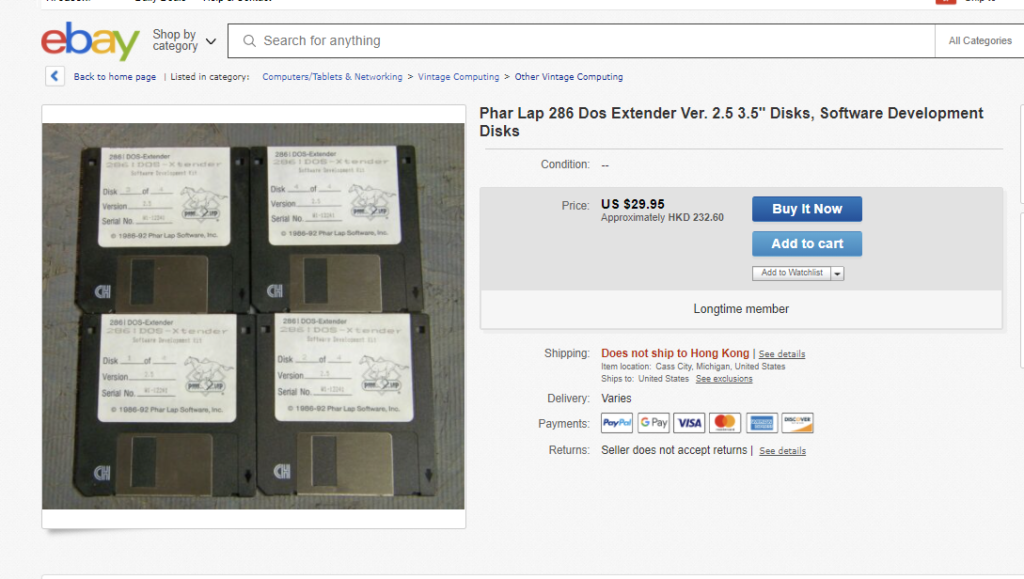
The disks showed up again for sale. We were both dumbfounded, how did this happen? Somehow someone intercepted the sale, and refunded us both, and then is trying to sell it on their own? Interestingly they won’t ship it to me, almost as if they are trying to block me from it.

Sketchy as hell as they say they are reselling from 3rd parties. Is there some kind of hustle going on where someone at a combined overseas shipping centre grabs random items, they can issue a refund for both parties so we don’t care, and then use a proxy sales site to sell them again?
Interestingly they know the disks read fine, as I know that too as I’d asked the seller to image them for me incase anything happened in shipping. I just never imagined it’d have been intercepted and resold. Maybe it’s common place, but I’ve been using Ebay since 1998 or so and well it’s the first time I’d ever seen something like this. Naturally bringing it up with Ebay is a total waste of time.
I’ll have to continue this with a deeper look into Phar Lap 286|DOS-Extender 2.5 as this is already far too much of a diversion from where I was going. But I thought I should point out this thing so buyer beware about the current listing.
**EDIT
Well seems I had the opposite effect I was looking for:


